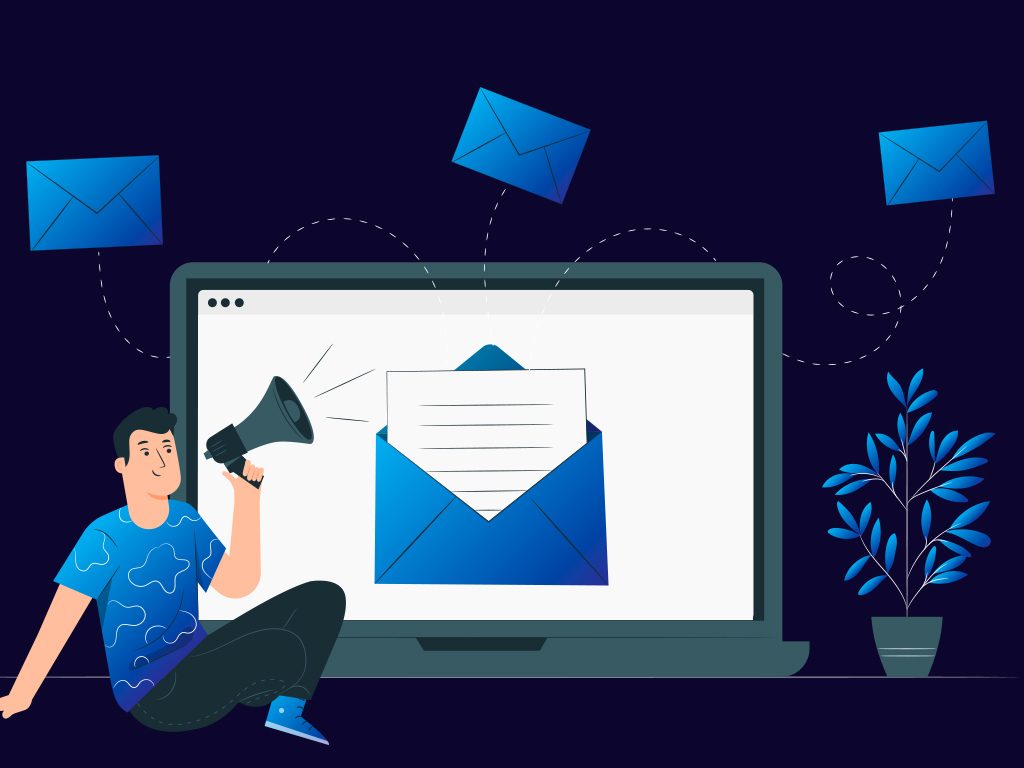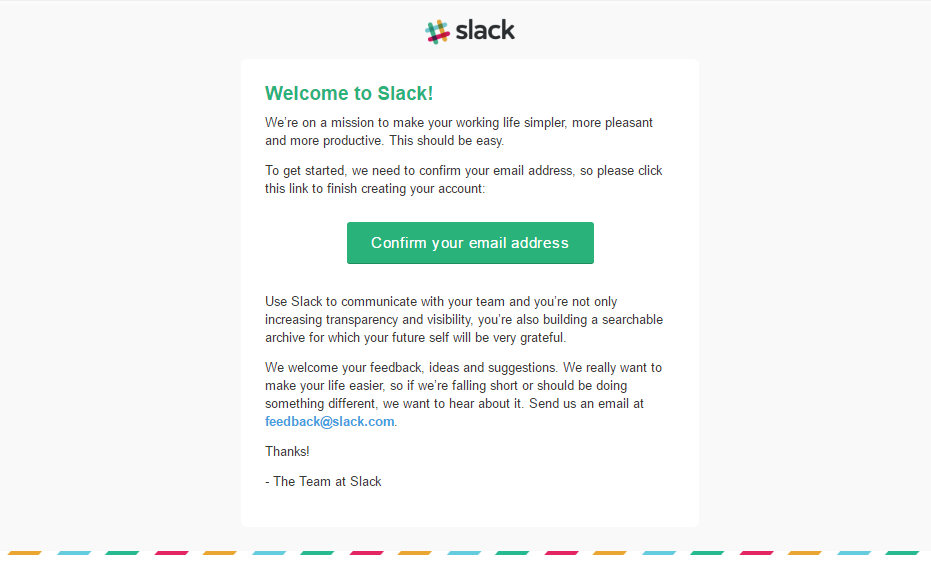What is Email Marketing?
Email marketing is a tried and tested digital marketing strategy. Many businesses still use email marketing as one of their main marketing channels and you can’t really fault them for that. According to Statista, there are four billion email users worldwide in 2020 and it is expected to grow to 4.6 billion by 2025.
Needless to say, if you want to reach your target audience, they most likely have emails and you can reach them right in their inboxes.
Many doubt its relevance in today’s digital marketing landscape but no one can deny that it is still an effective form of marketing. Despite its old age, it continued to evolve along with new techniques and technologies and has continued to provide results.
Note: This post was originally published on August 23, 2016, and was updated on August 11, 2021 to include new tips and data.
What is Email Marketing?
Email marketing is a kind of internet marketing that occurs when a company sends promotional messages or materials to groups of people by email. Usually, these messages contain advertisements, commercial messages, sales solicitation or donation, or a call for business.
Any kind of email with the said content can be considered email marketing and their purpose is to acquire new customers, build or enhance a company’s relationship with their current customers, and for the customers consider a repeat business with them to develop trust, loyalty, or to give them awareness about their brand.
For email marketing to work, a marketer must know the deliverability of an email. Deliverability is defined as the way an email marketer measures the success of their email campaign reaching a subscriber’s inbox. It doesn’t only distinguish if the email is an existing one, but also if the internet service provider of the email’s owner throttles the income of high volumes of messages, if the email sends several messages with the same content to spam, and similar problems.
Email marketers carry out their email campaigns by using different types of emails.
10 Types of Email Marketing
1. Transactional Emails
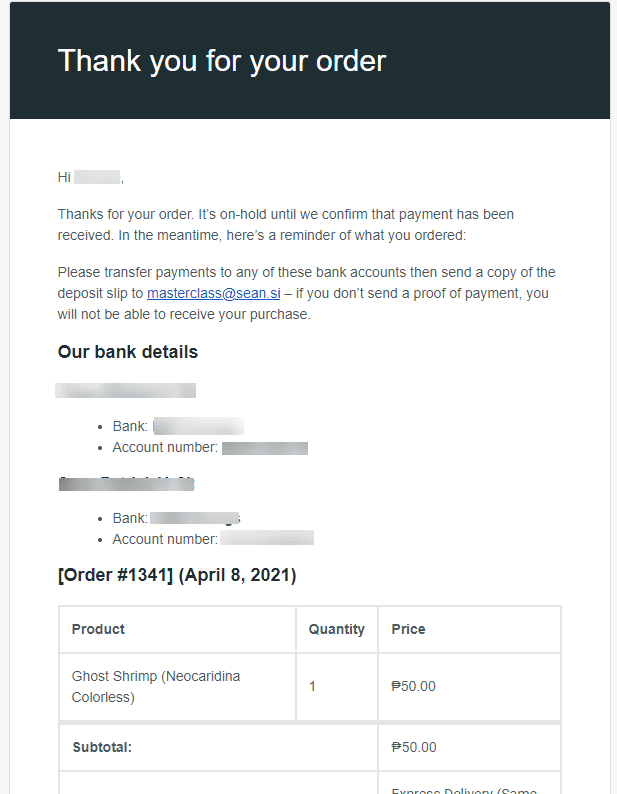
The first one is a transactional email. These emails arrive at a customer’s inbox once they’ve done business with a merchant. These emails are what guide the customer through their purchase of a product or service or to complete or confirm a transaction they made with the sender. An example of these transactional messages is purchase order or return confirmations, order statuses, and electronic or email receipts.
2. Direct/One-Time Emails
The second one is a direct email. The purpose of these emails is solely to present promotional material such as announcements, special offers, discounts, or maybe a glimpse of a product catalog available online.
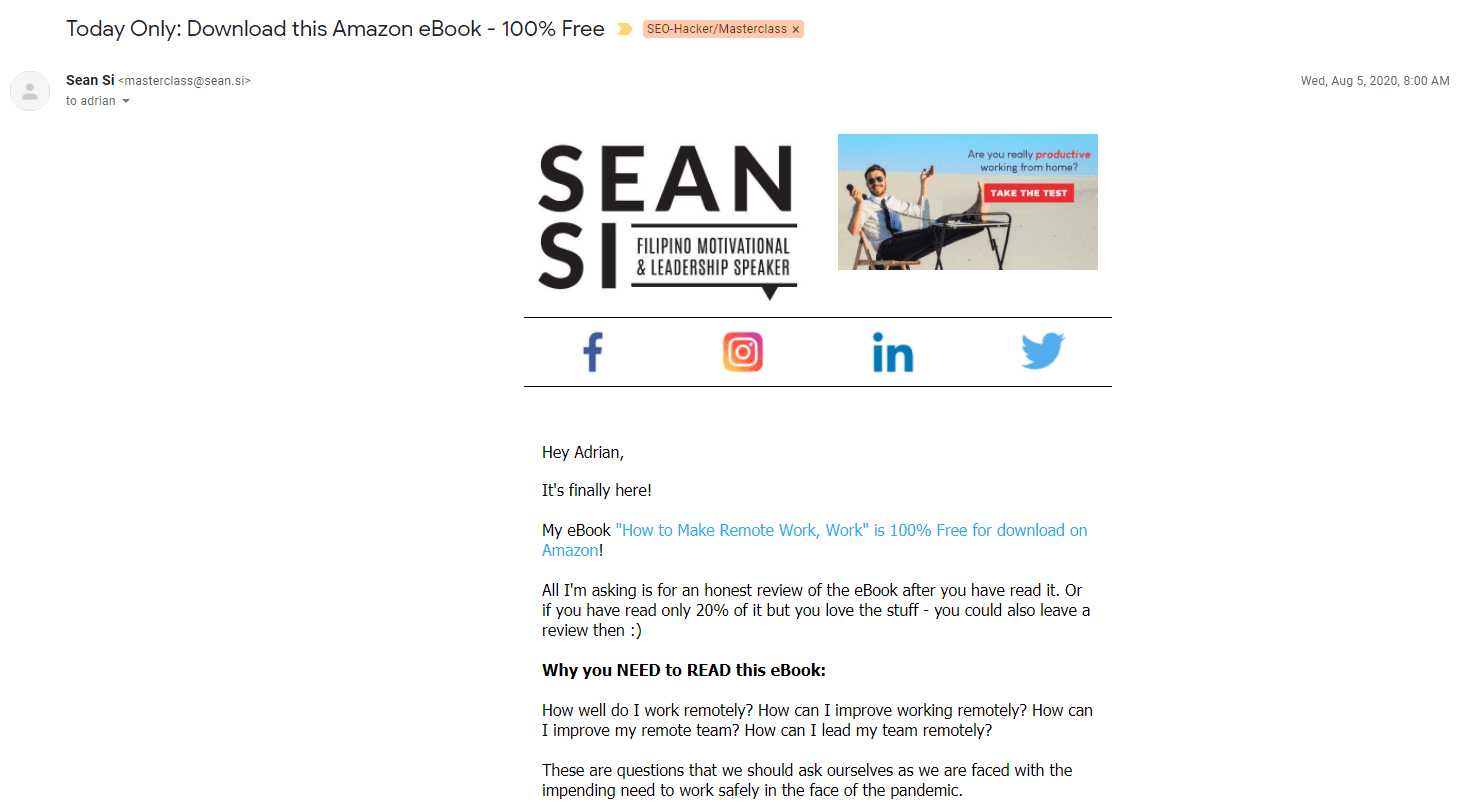
3. Welcome Emails
The third is the ‘Welcome!’ emails. These emails are what customers receive when they sign up for a mailing list. This is where you establish trust and brand loyalty to the user. Welcome emails should be simple and brief as you don’t want to turn off customers right away with lengthy emails for your first one.
4. Newsletters

Next is the newsletter which is one of the most common email types. It’s usually how email marketing campaigns of businesses start. It’s a great way of informing users what your company is all about and the products and services you offer. Newsletters should be informational in nature. That’s why most newsletters include links to blog posts of company websites rather than product links.
5. Event emails

Event emails are used to invite your email list to an event your company is hosting. Events are a great way of engaging with customers and keep them loyal to your brand or gain more sales. I would recommend sending event emails twice per event.
Your first email is to inform them about the event with a call to action. The second email is to remind them about the upcoming event around 1 or 2 days before the actual event. You can send more than two emails but keep in mind the time between those emails to not annoy your customers.
6. Lead Nurturing Emails
When customers sign up for email updates or in your campaigns, you know that they are already interested in the product or service that you offer. But immediately trying to sell them stuff might turn them off. This is where lead nurturing emails come in.
As the name states, lead nurturing email is to take care of your leads and eventually convert them to sales later on. Lead nurturing email campaigns should be composed of information about the product or service that you sell and how it could provide value to the customer.
7. Product and Services Updates
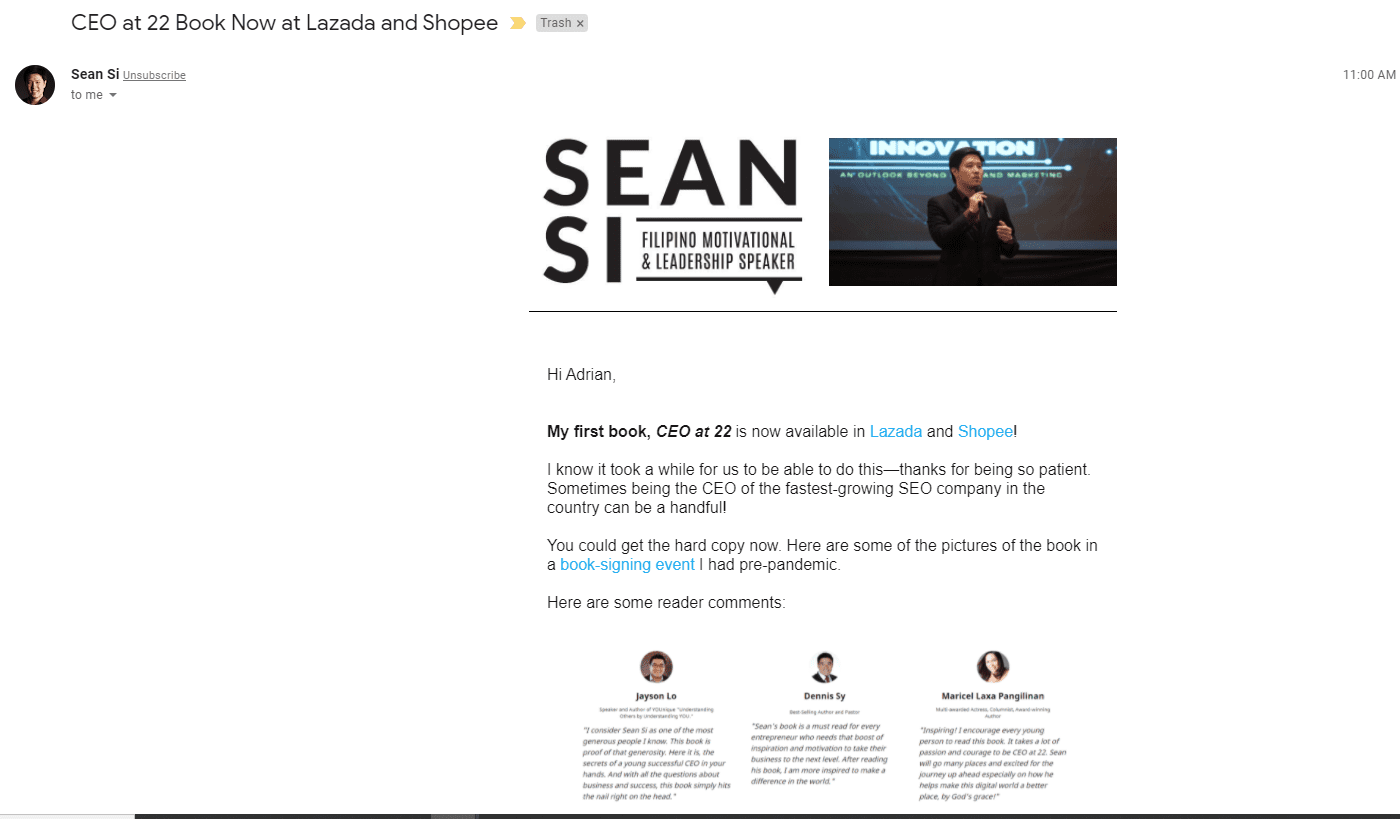
This can be any email that you send to your customers about updates on the products and services that you offer. It could be price changes, new offerings, changes to packages, etc. These updates should really be just short and concise. As long as you are able to deliver the update you need to say, that should be it.
8. Sponsored/Affiliate Emails
Sponsored and affiliate emails are popular among those who don’t have an existing email list. If you don’t have an email list, you can sponsor others that have an email list and use theirs to increase brand awareness for your own. On the other hand, if you have a good email list, others can pay you as well. For affiliate marketing, the only difference is you must have an affiliate link that you can track.
Just be wary in doing this especially if you are the one being paid to do sponsored email. You have to be extra careful in the message that you try to deliver to not turn off people in your mailing list. You should also limit the time between sponsored emails.
9. Aftersales Emails
Aftersales emails are sent after a transaction or sale with a customer. They can be either ask the customer for feedback on their experience with your website or it can be asking the customer to leave a review.
These emails are more important for your team. Customer feedback is valuable in improving your business operations while reviews can help build brand authority for SEO. You could also use a market research metric called Net Promoter Score or NPS which asks customers to rate your service on a scale of 1 to 10.
10. Company Story

One of the great things about email marketing is that you can connect with your customers directly and with company story emails, you are able to create a deeper emotional connection with your customers. Company story emails can be brief facts about how your company started or maybe glimpses of the current operations like how products are made or a look at the people behind it.
Advantages of Email Marketing
Email marketing is popular with companies for the following reasons:
- An exact return on investment can be tracked. It has been proven to be high when done properly. Email marketing is often reported as second only to search marketing as the most effective marketing tactic.
- Compared to traditional mail, email marketing is cheaper and faster than traditional mail. Traditional mail requires time for producing the artwork, printing, addressing, and mailing.
- Email provides a cost-effective method to test a variety of marketing content. This includes visual creative, marketing copy and multimedia assets. The data gathered by testing in the email channel can then be used across all channels of both print and digital marketing campaigns.
- Advertisers can reach substantial numbers of email subscribers who chose to receive email communications on subjects of interest to them.
- If compared to standard email, direct email marketing produces higher response rate and higher average order value for e-commerce business.
Disadvantages of Email Marketing
- The mail can be classified as spam. People’s inboxes get inundated with email, both solicited and unsolicited. Many servers have filters in place to cut down the amount of unwanted emails. People can also further adjust their email filters to their own tastes. This could result to the email to land in a spam folder and never get viewed.
- Email marketing requires constant tweaking to keep the subscribers engaged. The marketer must work to maintain a level of engagement to keep the reader from unsubscribing. Another thing to work on is to carefully craft the email marketing to look exactly the marketer envisioned it.
Businesses use email marketing as an affordable and effective advertising tool. Despite the cons, it allows marketers to reach millions of customers in just a single click. When used correctly, it will definitely earn the marketer more money.
Is Email Marketing still Relevant?
The statistics in recent years for email marketing are staggering for email marketing and experts still believe that it will continue to increase in the next coming years. Most people nowadays have email addresses which means you know that you are reaching your target market as long as you are using the right tools and data.
The growth of email marketing is similar to SMS marketing back in the 2000s where everybody started having mobile phones and SMS marketing exploded. Unless there are new technologies to replace emails, I don’t see email marketing being overthrown. Yes, there are other marketing strategies you should consider but email marketing will still be a viable option for the next years to come.
Interested in email marketing for your company? Check out our email marketing service here at SEO Hacker.
